Tucson COVID Tales 18: Creating in Crisis, by Rudy Flores
In the last few years, my art has been series-based illustrations like the “A Little Tucson Book” covers or custom 3D modeled toys that I cast and hand-paint. The community has been very supportive and has allowed me to share my work at local events like Tucson Comic Con and Made in Tucson. My last scheduled event of 2020 was the cancelled Tucson Festival of Books, and this was definitely a sign that events were going to be put on hold for a while. Without events and gallery shows, I had the sense that it would be a challenge getting my work out in front of people. Although most of my projects are made just for the sake of creating, it is nice to connect with an audience when the opportunity arises.
In April, I decided to take the month off of work to be home with family. Typically, time off would seem like a perfect opportunity to create. I felt the opposite. I felt a strong sense of guilt for not being able to find the need to make art. For the first week off, I stared at my studio, and there was a complete absence I hadn’t felt in years. My creativity was definitely affected, and inspiration was hard to come by.
I decided to pack up the studio space, which contained the new stop-motion workspace that was to be used for my next project, Mosca Roja. I wanted to repurpose the space as an extension of my living space for my family and me. It was wonderful being able to see my two-year-old stretch out into another part of our home. Seeing him there lightened the weight of not being able to create, and as a result, many great memories were created in this newly available space.
By June I had fixed everything I could possibly fix in the house, and the need to create started to come back. The stop-motion studio I was building was for a project that I started 18 years ago. I did several tests and some prop building at the beginning of the year. As much as I wanted to adapt my story into a stop-motion film, I had to consider the time and space needed to produce it.
Over 18 years I have approached the story with several styles. Originally it was going to be a comic book, but it has also been adapted for linocut illustrations, voxel art, 3D printed models, and 2D animation. The images and words never seemed to compliment each other. By mid-June, I decided to take the project on again. Because of the COVID virus, some software developers were being very generous and discounting programs to get them into the hands of people who want to create. The batch of programs became a pipeline that allow digital sculpting, graphic design, character design, and rigging, which is bone placement for animating the characters, allowing me to do both body and facial motion capture and speeding up the process while giving the motion a more human quality. This pipeline of software would allow me to work entirely digitally and require no extra space. After several weeks of learning software and trying to adapt these characters, the look of Mosca Roja finally started to come together. It was amazing seeing 18 years of character and story development take shape in a 3D environment.
I would be lying if I said I didn’t weep the first time I saw one of the main characters moving before me. Being the one handling the animation, it has been fun getting into the heads and motions of the multiple characters. The motion capture for each character requires me to portray each a different way. At only two years old, my youngest son, who does not take orders well, will be doing the motion capture for some chickens that are in the film. At one point I considered having voice actors, but because of the virus I felt it might be best to limit the amount of interaction that is needed to make a film.
I’m incredibly fortunate to be collaborating with my friend Andrew Rivas of local band Sinphonics. He will be providing the score, which serves as the voices for the characters in the film. Any dialogue will be done with subtitles, but for the most part it is a silent film with an original score. It has been an amazing experience working with him. He has an incredible musical sense, and his playing comes from a very special place. Since June I have sent him character sketches and the script. He immediately got a sense of the characters and started to shape their sound. Although it has been remote, it’s been an amazing process.
I strive to make my illustrations look like a part of a bigger story, something to let the audience fill in the blanks. The art also consists of something that feels like a memory. Filmmaking is a new realm for me. I would not consider myself a filmmaker or a storyteller, but this is the one story I needed to tell. I have held onto it until the images and words aligned. The last few months have contributed to a new found focus and energy to make this film. Mosca Roja is being told when it is ready to be told. I’m excited to share the trailer for the film. I’m currently buttoning up production and hope to have a DVD and digital release including the original soundtrack soon.

Rudy Flores, a graphic and fine artist in many media, is a native of Tucson. Visit his film project at http://www.moscaroja.com. Visit composer Andrew Rivas at https://therivasproject.bandcamp.com.

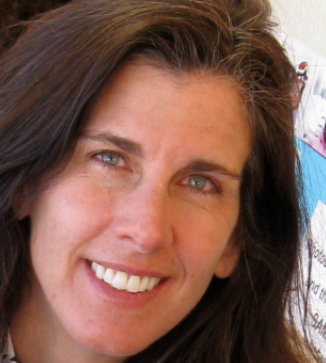
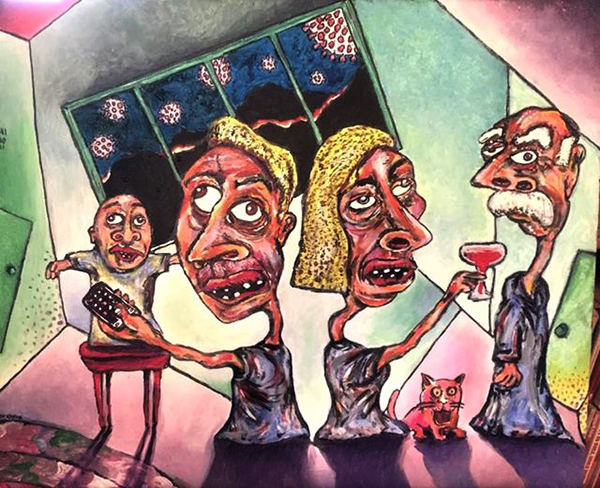
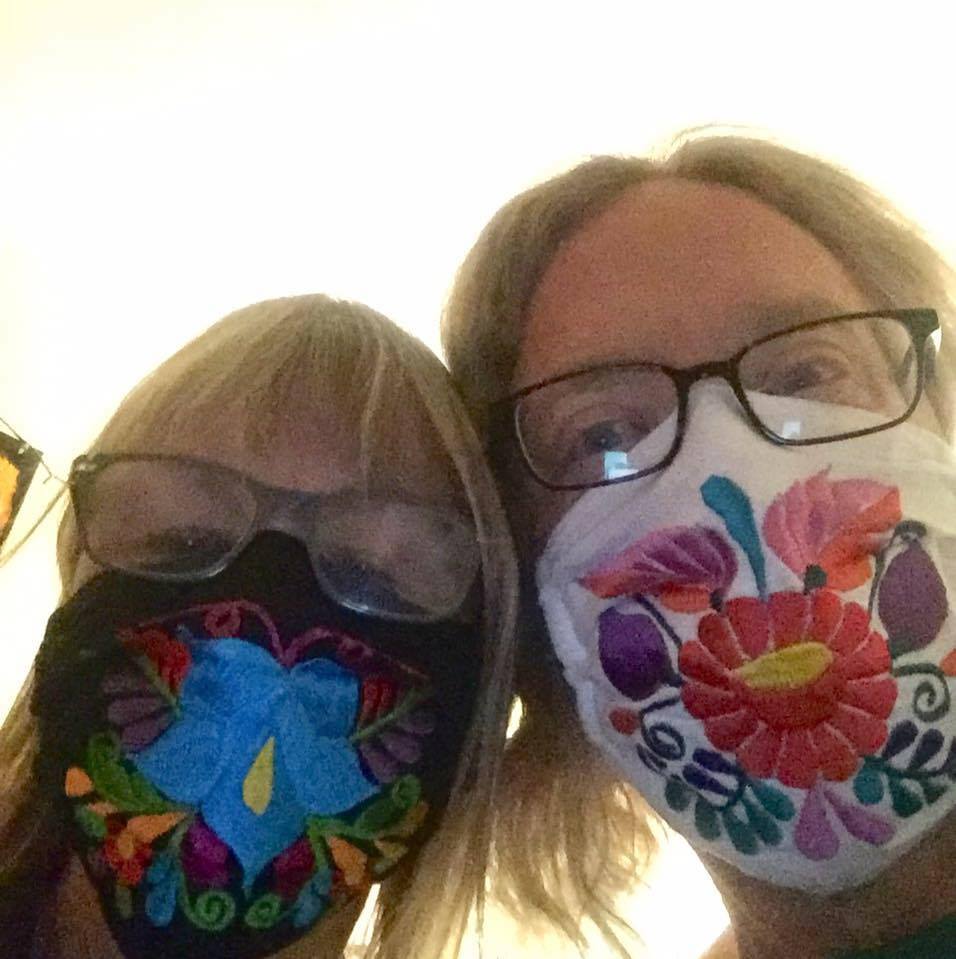
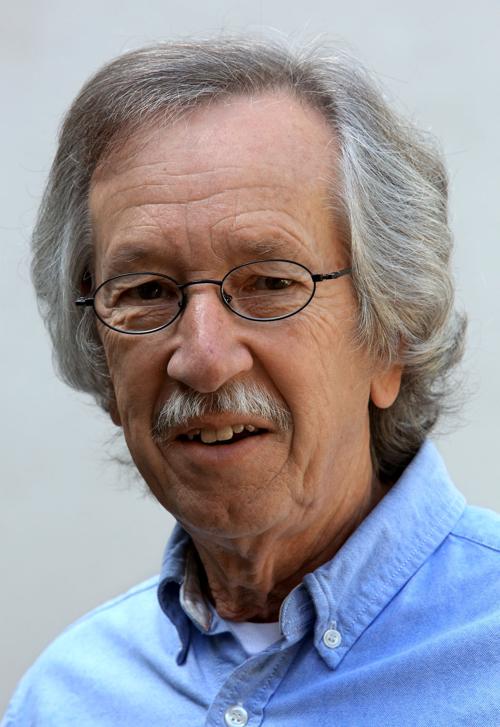
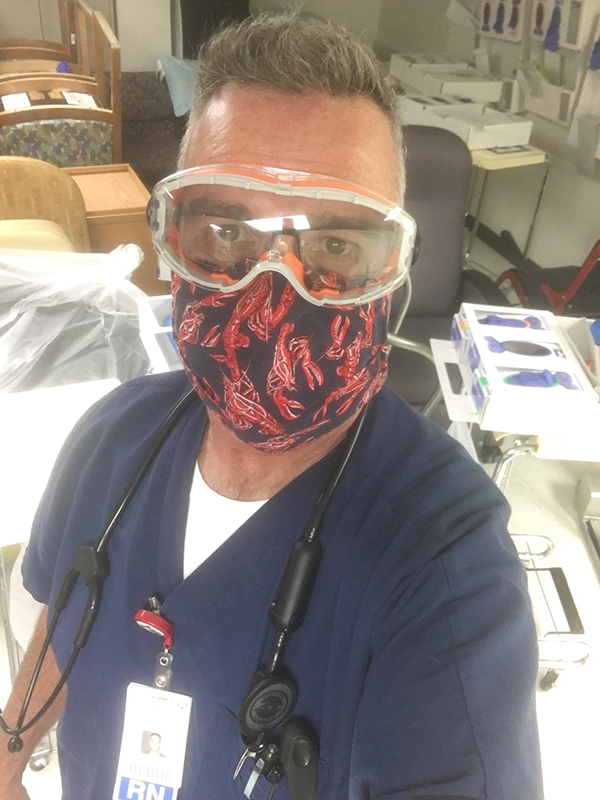
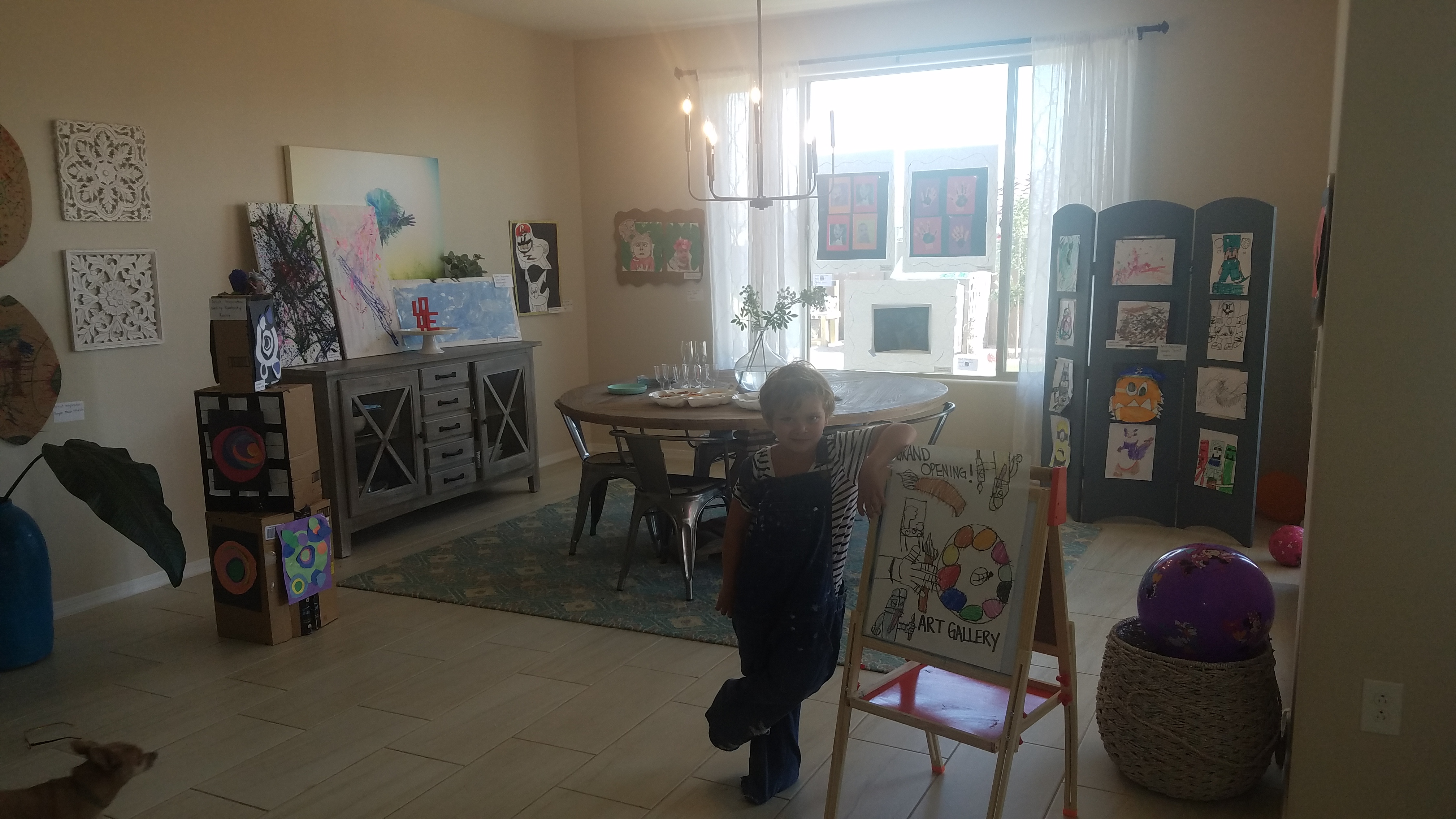

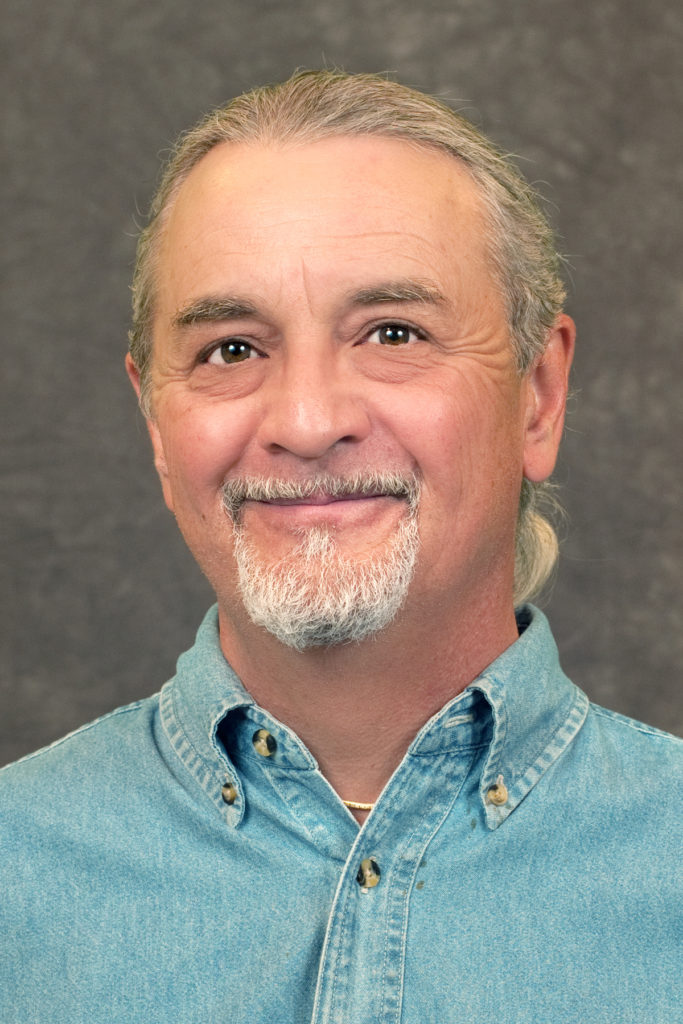
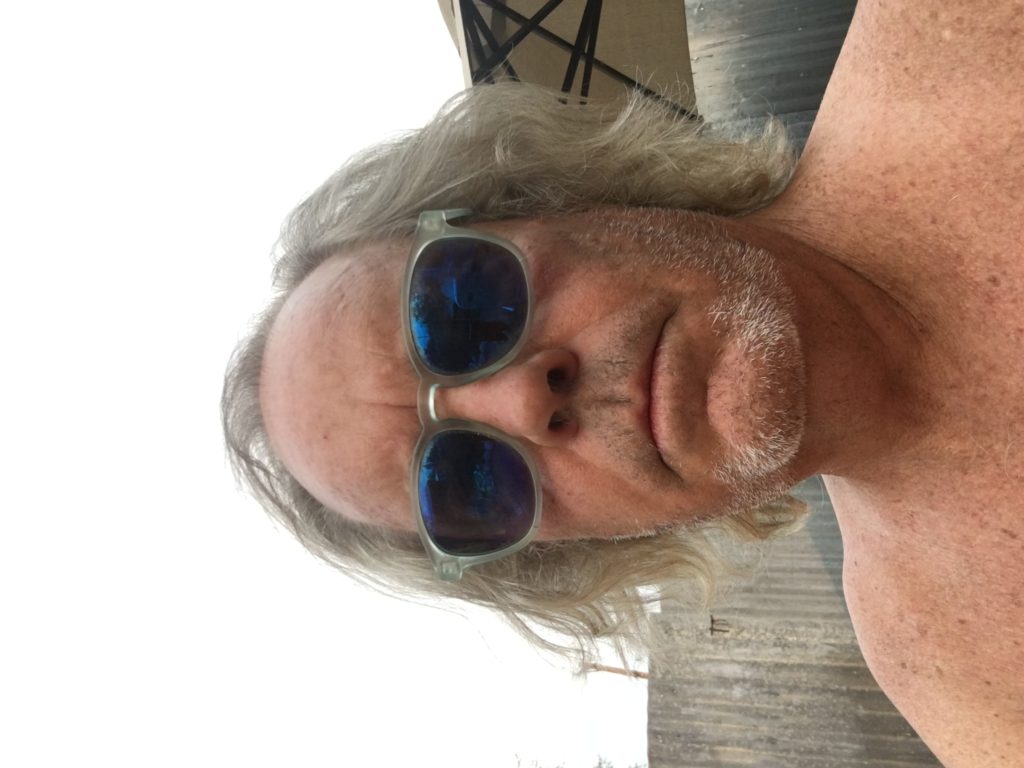
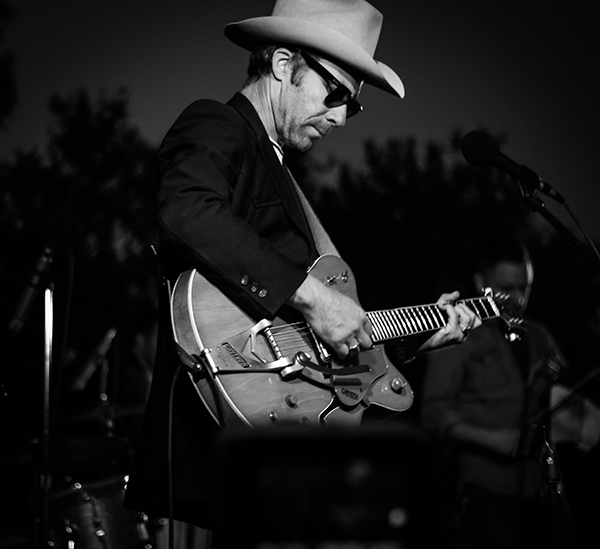
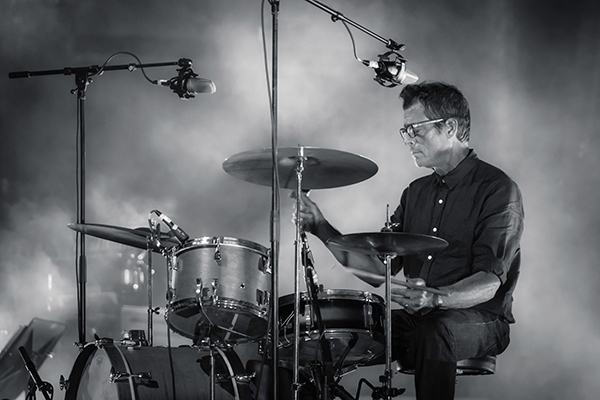
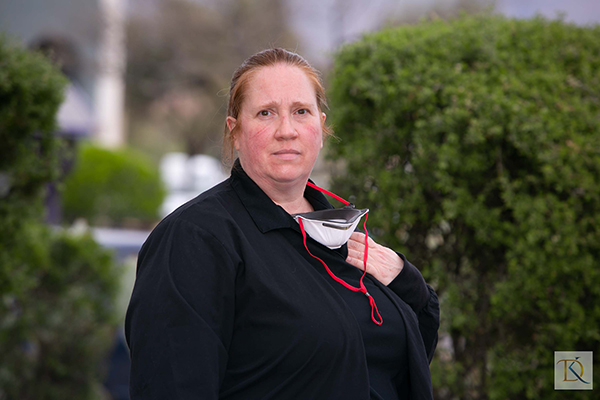
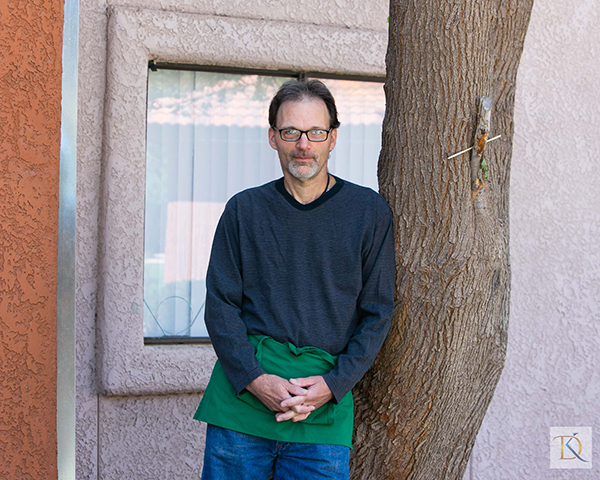
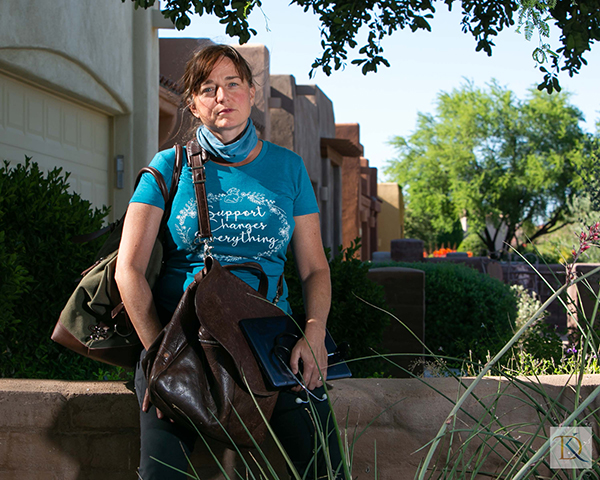
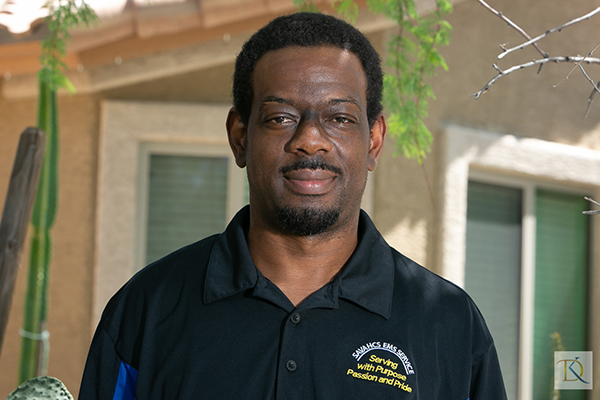
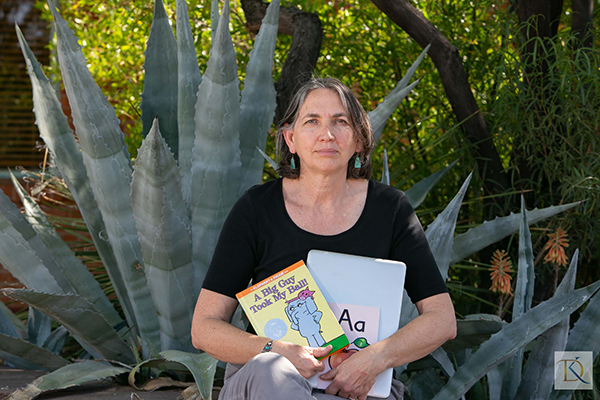
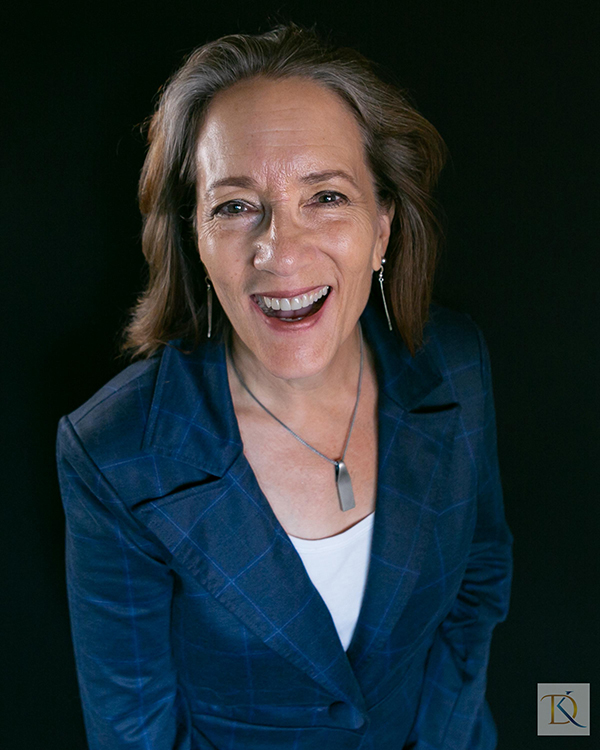




Also find us on...